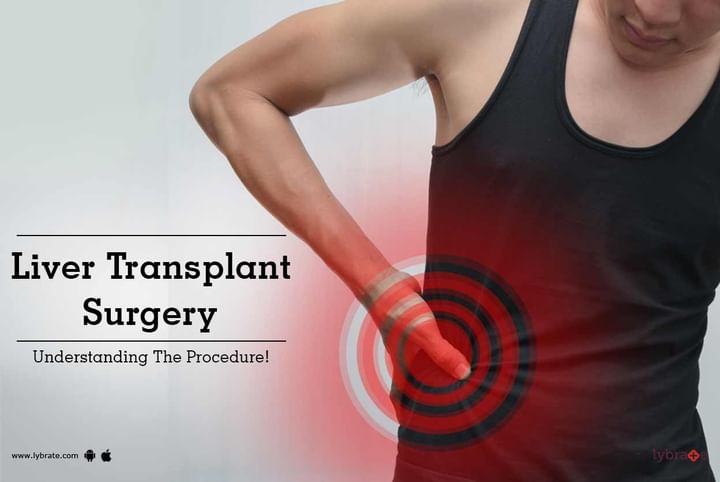Get the App
For Doctors
Login/Sign-up
Last Updated: Oct 23, 2019
BookMark
Report
Liver Transplant Surgery - Understanding The Procedure!
Dr. Ankur GargLiver Transplant Surgeon • 23 Years Exp.M. Ch.(HPB Surgery & Liver Transplant), FEBS, MBBS, MS - General Surgery
Liver transplantation or hepatic transplantation is the second most carried out transplant procedure in the world. It is a potentially difficult surgery that is performed by a team of two to four surgeons along with the help of anesthesiologists and nurses. It takes around 10 to 12 hours to complete the procedure as there are many anastomoses, sutures, reconnections, and disconnections, which are to be performed under the liver bed which is necessary for the transplant to be a success.
Tests required before a transplant is planned
- Computed tomography, or CT scan which employs X-rays and a computer to create pictures of the liver, showing its size and shape. CTs and chest X-rays are also recorded to evaluate your heart and lungs.
- Laser Doppler flowmetry: to check if the blood vessels to and from the liver are normal.
- Echocardiogram to check the status of heart function.
- Pulmonary function test or lung capacity test to study and determine the lungs' ability to exchange oxygen and carbon dioxide.
- Blood tests are performed to determine the patient's blood type, clotting ability, and biochemical status of blood, and to determine liver function.
The liver transplant procedure
- After an admission at the hospital, an Intravenous line is started in the patient's arm or hand. Other tubes (catheters) are put in their neck and wrist, or their collarbone or the area between the belly and the thigh (the groin). These are used to check heart and blood pressure, and to get blood samples.
- The patient is placed on the back, over the operating table.
- If there is too much hair at the surgical site, it may be shaved.
- A catheter is placed into the bladder to drain urine.
- After the patient is sedated, the anesthesiologist will insert a tube into the lungs. This is done so that the breathing can be helped with a ventilator. The anesthesiologist will keep checking the heart rate, blood pressure, breathing, and blood oxygen level during the surgery.
- The skin at the surgical site will be cleaned with a sterile (antiseptic) solution.
- The doctor will make a cut (incision) just under the ribs on both sides of the belly.
- The doctor will carefully separate the diseased or the injured liver from the nearby organs and structures.
- The attached arteries and veins are then clamped to stop the blood flow into the diseased liver.
- The diseased liver will be cut off from the blood vessels and then removed.
- The surgeon will check the donor liver before implanting it into the body.
- The donor's liver is placed in the patient's body.
- The incision will then be closed with sutures or surgical staples.
In case you have a concern or query you can always consult an expert & get answers to your questions!



+1.svg)
